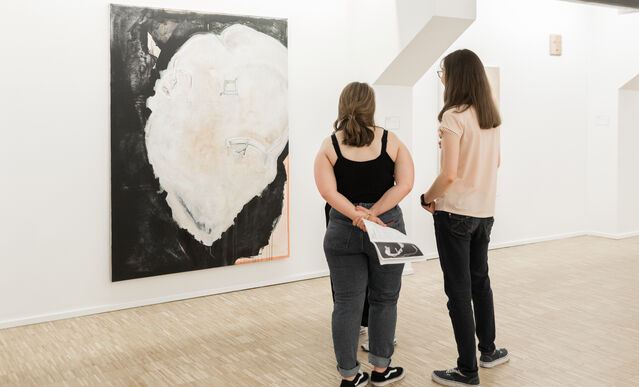Back to Museums
ISELP

Show more
images
images





ISELP (higher institute for the study of plastic language) is a place open to all to experience contemporary art through exhibitions, lectures and meetings.
Share this article Share
ISELP (Higher Institute for the Study of Plastic Language) was created in July 1970 by Mrs Gita Brys-Schatan, a young Doctor of History of Art at the Sorbonne. She created an open university dedicated to contemporary art and artistic issues in a wider context. Her objective was to open up contemporary art, which at the time was growing rapidly and in great demand, to a new audience. In 1975, Gita Brys-Schatan obtained permission to move ISELP from le Sablon area into the main wing of the Milan Passage. The two architects, Daniel Lelubre and Brigitte Libois, created a multi-purpose 100 m² room. This reorganisation was to be followed by two larger expansion phases starting in the 1990s, which resulted in the ISELP as we know it today. In 2011, for the 40th anniversary of the institute, the right wing of the Milan Passage was given to ISELP, who set up an important Documentation Centre there which combines various former libraries (notably that of the Wallonia-Brussels Federation) and staff offices. Today, thanks to a team of fifteen people, ISELP is one of the most prominent places devoted to contemporary art in Brussels. The institute organises three exhibitions annually, artistic residencies, courses and conferences, and contemporary art mediation projects. In 2020-21, on the occasion of ISELP’s 50th anniversary, the reception space will be redesigned, and an artistic intervention created specially for the occasion, will be installed there.